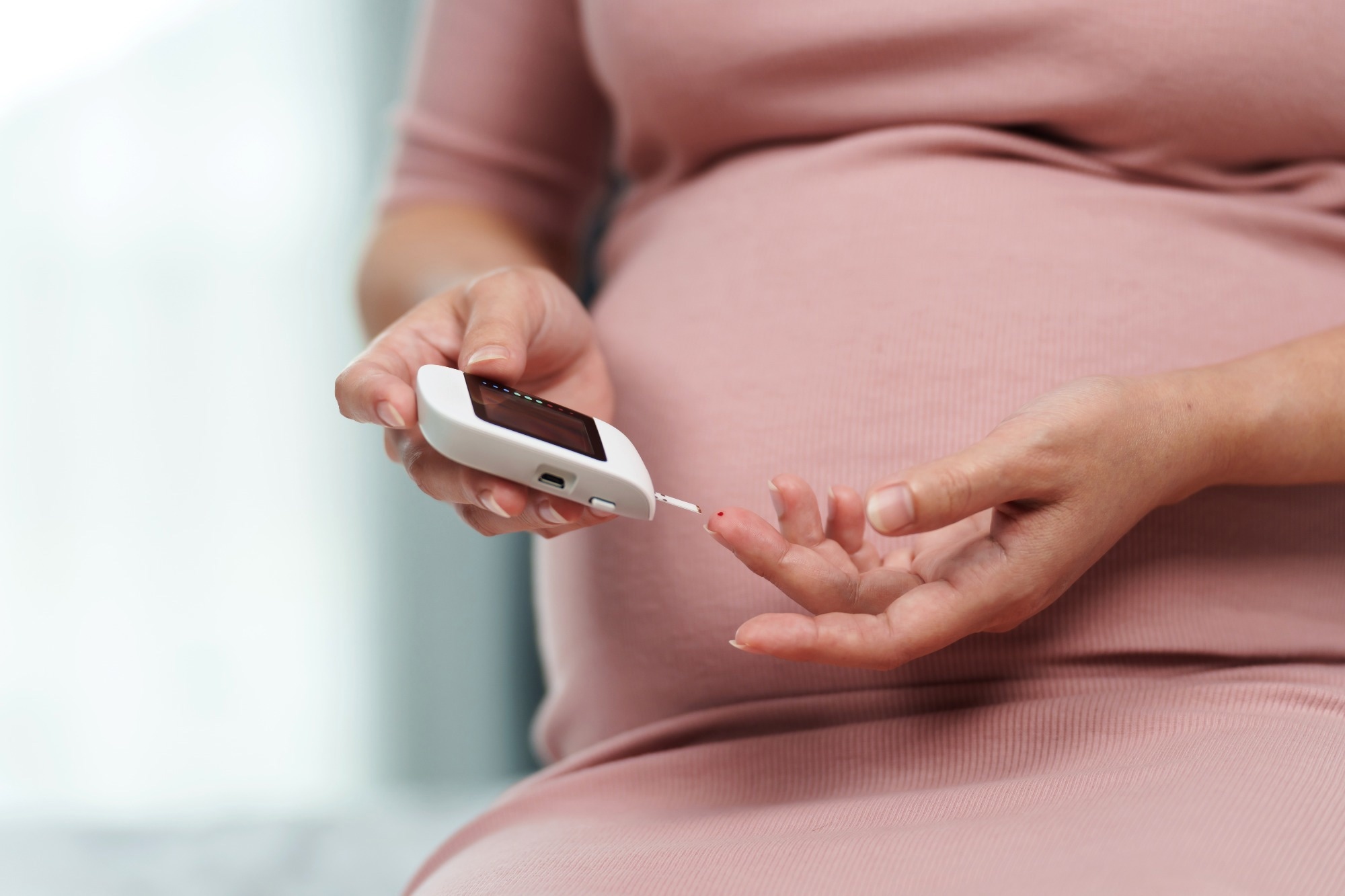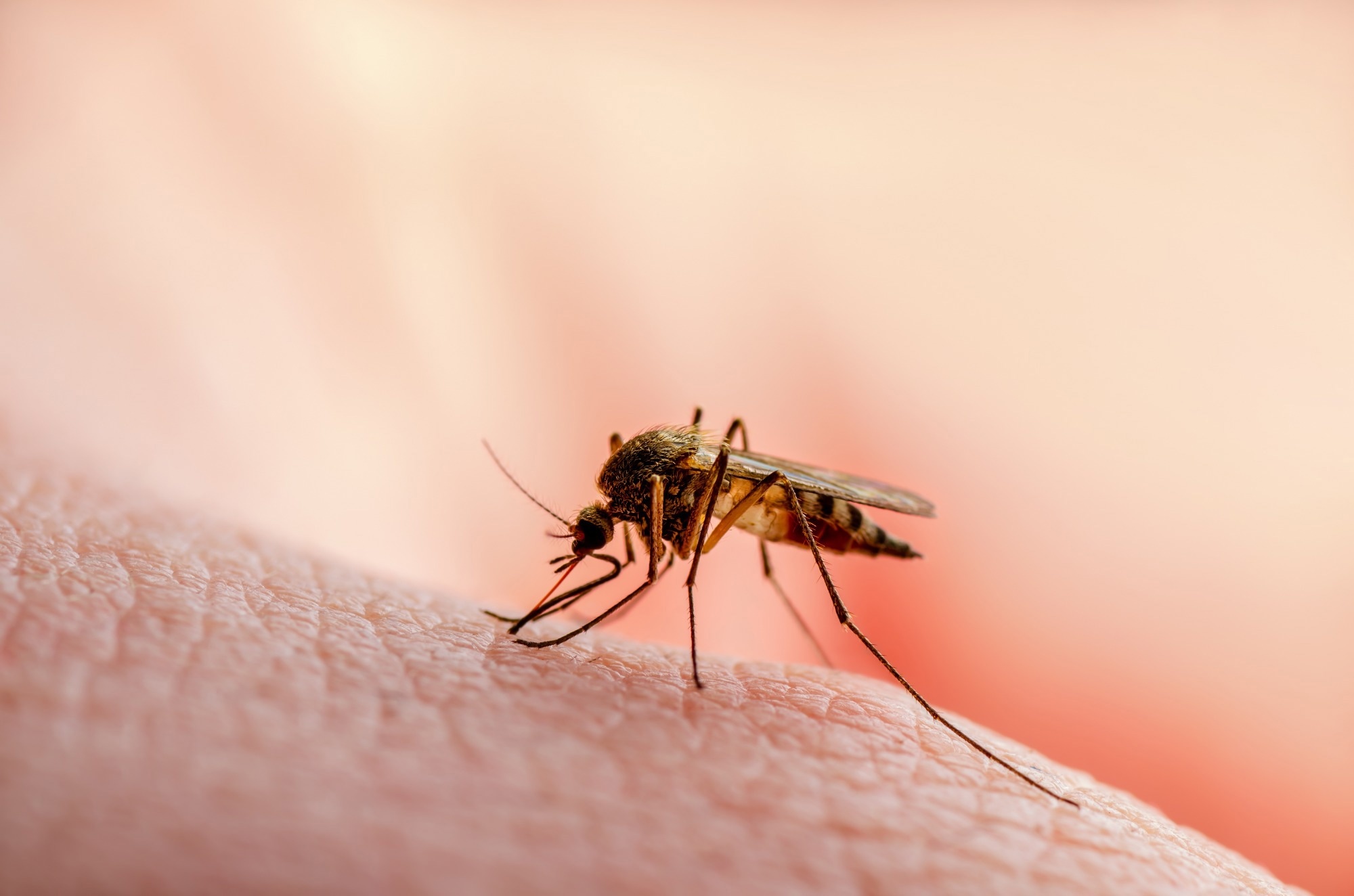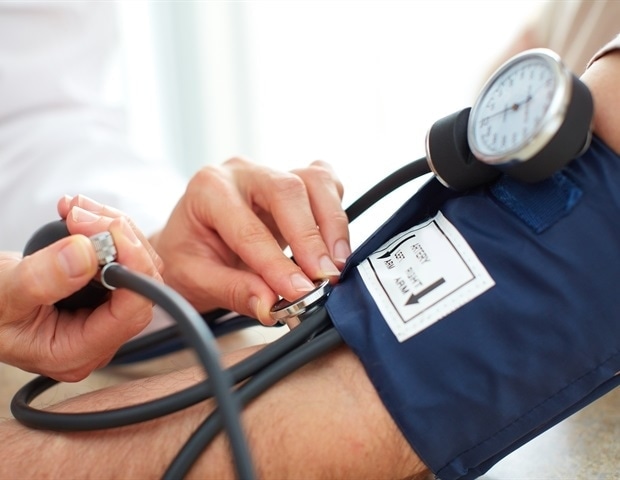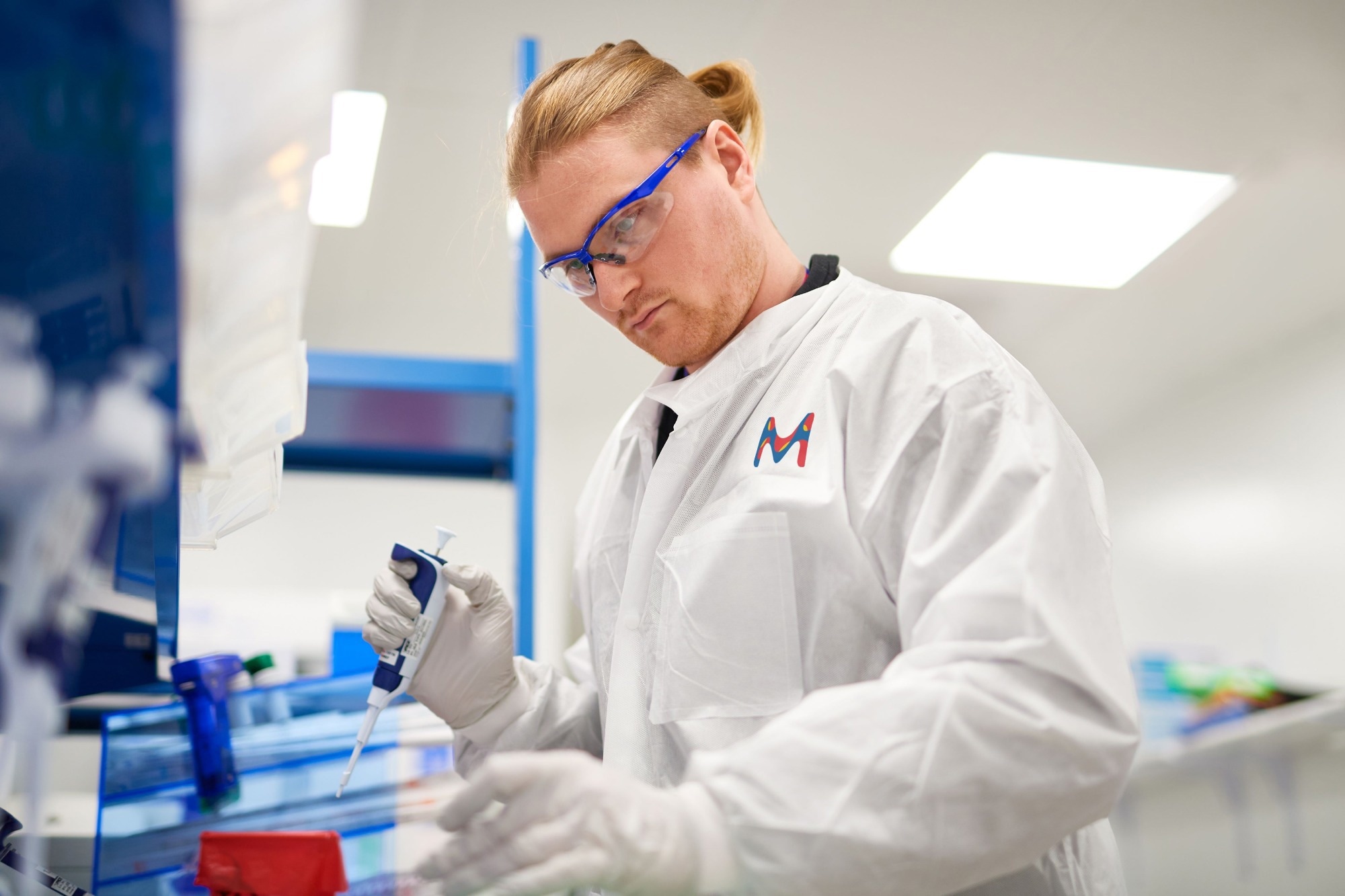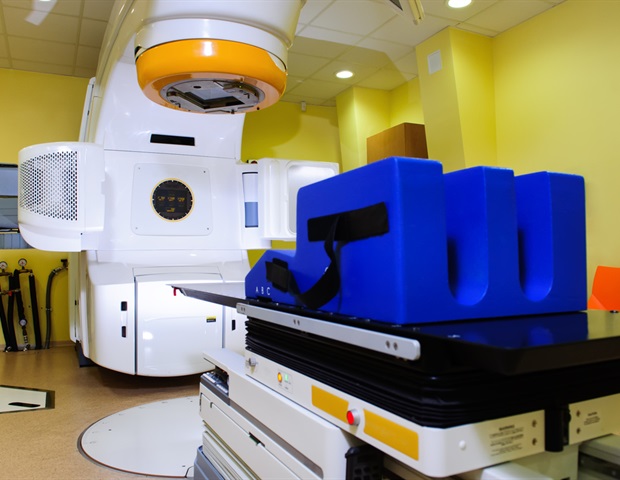In a recent study posted to the medRxiv* preprint server, researchers analyzed the efficacy of the severe acute respiratory syndrome coronavirus 2 (SARS-CoV-2) fourth-dose vaccination relative to no vaccination towards the Omicron BA.1 variant.
Background
Global coronavirus disease 2019 (COVID-19) prevention strategies have been hampered significantly by the waning SARS-CoV-2 vaccine effectiveness (VE) and the ability of the SARS-CoV-2 Omicron variant to escape pre-existent immunity. Several nations have launched fourth-dose COVID-19 vaccination programs in response to this.
Relative VE (rVE) towards Omicron following the latest messenger ribonucleic acid (mRNA)-based fourth dose vaccination versus a third shot given around four months earlier has been documented in published trials in people aged 60 years or older. Interestingly, just one study reported VE of the fourth dose compared to no vaccination, which the present study’s authors refer to as absolute VE (aVE). Nevertheless, third and fourth-dose aVE for equivalent time durations is unavailable.
About the study
In the current work, the researchers sought to determine the three-dose and four-dose SARS-CoV-2 vaccine series aVE at the same point after vaccination. They calculated the aVE for the third and fourth doses of COVID-19 mRNA vaccine compared to receiving no vaccination towards Omicron, considering clinical outcome utilizing a set of logistic regression equations and VE estimations for a fourth dosage compared to a third dose described in an Israeli investigation.
Based on information from the United Kingdom Health Security Agency (UKHSA), the authors previously released a logistic regression equation that forecasts aVE, including waning with time, for the third COVID-19 mRNA vaccine dose irrespective of the initial course, against symptomatic infection and hospitalization associated with Omicron. Further, they used a study that reported VE per age against the SARS-CoV-2 Delta variant to expand this equation to account for age variability in VE.
Moreover, the team included the other outcomes of symptomatic and asymptomatic infection, as well as death, leveraging information provided by the UKHSA, to develop a set of equations that estimates the VE of the third dose against Omicron BA.1 variant according to age, the severity of the illness, and the time post-vaccination. Subsequently, they adapted these equations to approximate the aVE of the third dose three weeks after vaccination. The authors transformed Magen et al.’ documented fourth dose rVE to fourth dose aVE estimates three weeks post-vaccination presuming a median gap of 20 weeks between the third and fourth vaccine doses in the Magen et al. research.
Furthermore, the expected aVE readings and their unpredictability intervals were calculated with 10,000 repetitions of Monte Carlo simulation, reproducing uncertainty in the observed rVE of the fourth dose and the scientists’ logistic equation estimations of a third dose aVE.
Limitations
The following are the limitations of the study’s approach.
1) The investigators extrapolated UKHSA information onto Israeli information under the assumption that a third shot of the vaccine in Israel would have the same waning effect as one in the UK. Nonetheless, considering the lack of experiments that directly compare persons getting the third and fourth doses at the same timeframe, each matched to those with no previous infection or vaccination, these hypotheses seem acceptable. Besides, it was challenging to envision a substitute technique to assess aVE.
2) The current estimates were based on the VE against the Omicron BA.1 subvariant. Immune evasion may result in decreased fourth dose aVE towards newer SARS-CoV-2 subvariants. Yet, the researchers anticipate that the trends they predict of restored or even slightly heightened aVE post a fourth shot will likely retain.
Results and conclusions
The research findings suggested that aVE after a fourth dose COVID-19 mRNA vaccination schedule was higher and associated with more severe clinical outcomes similar to a three-dose. The team discovered that a fourth dose of the SARS-CoV-2 mRNA vaccine reinstates or even improves the protection provided by a third dose within the same timeframe following vaccination.
For symptomatic SARS-CoV-2 infection and any infection at the same period post-vaccination, estimated aVE after a fourth dose seems greater than following the third dose, albeit uncertainty intervals coincided. In addition, the authors anticipated that policymakers assessing the costs and advantages of the fourth SARS-CoV-2 vaccine doses would be interested in the present estimations.
*Important notice
medRxiv publishes preliminary scientific reports that are not peer-reviewed and, therefore, should not be regarded as conclusive, guide clinical practice/health-related behavior, or treated as established information.


